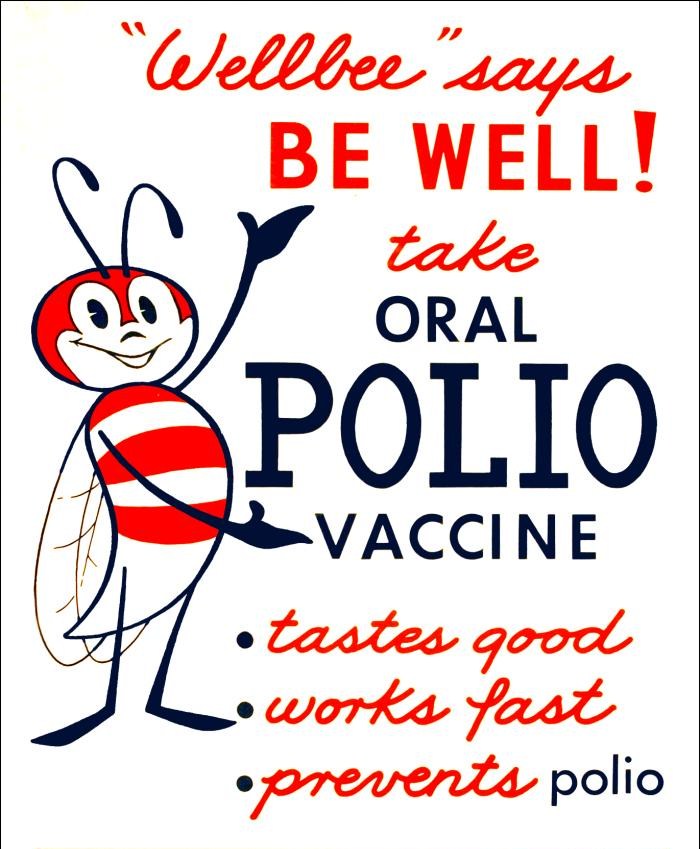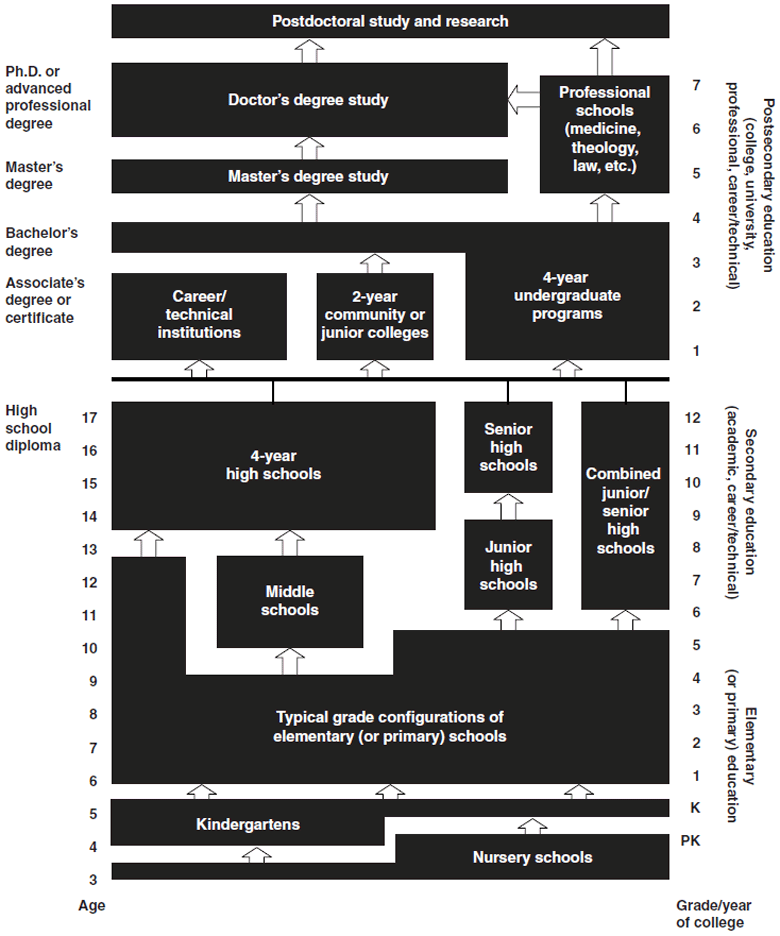|
Craig E. Cameron
Craig E. Cameron is the chair of the department of microbiology and immunology at the University of North Carolina at Chapel Hill. He is a Fellow of the American Association for the Advancement of Science and American Society for Microbiology. Early life and education Cameron had planned to study medicine at university, but after volunteering in hospitals he realised that he did not want to become a medical doctor. He studied chemistry at Howard University and graduated in 1987. During his undergraduate research he noticed that physicians were not ready to deal with viruses. The viruses that Cameron studied included the rhinovirus, the common cold and coxsackievirus. Cameron moved to Case Western Reserve University for his doctoral studies, which he completed in 1993. He remained at Case Western as a postdoctoral researcher, before being appointed a National Institutes of Health fellow at Pennsylvania State University (Penn State). Research and career In 1997 Cameron jo ... [...More Info...] [...Related Items...] OR: [Wikipedia] [Google] [Baidu] |
Howard University
Howard University (Howard) is a private, federally chartered historically black research university in Washington, D.C. It is classified among "R2: Doctoral Universities – High research activity" and accredited by the Middle States Commission on Higher Education. Tracing its history to 1867, from its outset Howard has been nonsectarian and open to people of all sexes and races. It offers undergraduate, graduate and professional degrees in more than 120 programs, more than any other historically black college or university (HBCU) in the nation. History 19th century Shortly after the end of the American Civil War, members of the First Congregational Society of Washington considered establishing a theological seminary for the education of black clergymen. Within a few weeks, the project expanded to include a provision for establishing a university. Within two years, the university consisted of the colleges of liberal arts and medicine. The new institution was named for Gene ... [...More Info...] [...Related Items...] OR: [Wikipedia] [Google] [Baidu] |
Poliovirus Vaccine
Polio vaccines are vaccines used to prevent poliomyelitis (polio). Two types are used: an inactivated poliovirus given by injection (IPV) and a weakened poliovirus given by mouth (OPV). The World Health Organization (WHO) recommends all children be fully vaccinated against polio. The two vaccines have eliminated polio from most of the world, and reduced the number of cases reported each year from an estimated 350,000 in 1988 to 33 in 2018. The inactivated polio vaccines are very safe. Mild redness or pain may occur at the site of injection. Oral polio vaccines cause about three cases of vaccine-associated paralytic poliomyelitis per million doses given. This compares with 5,000 cases per million who are paralysed following a polio infection. Both types of vaccine are generally safe to give during pregnancy and in those who have HIV/AIDS but are otherwise well. However, the emergence of circulating vaccine-derived poliovirus (cVDPV), a form of the vaccine virus that has revert ... [...More Info...] [...Related Items...] OR: [Wikipedia] [Google] [Baidu] |
Howard University Alumni
Howard is an English-language given name originating from Old French Huard (or Houard) from a Germanic source similar to Old High German ''*Hugihard'' "heart-brave", or ''*Hoh-ward'', literally "high defender; chief guardian". It is also probably in some cases a confusion with the Old Norse cognate ''Haward'' (''Hávarðr''), which means "high guard" and as a surname also with the unrelated Hayward. In some rare cases it is from the Old English ''eowu hierde'' "ewe herd". In Anglo-Norman the French digram ''-ou-'' was often rendered as ''-ow-'' such as ''tour'' → ''tower'', ''flour'' (western variant form of ''fleur'') → ''flower'', etc. (with svarabakhti). A diminutive is "Howie" and its shortened form is "Ward" (most common in the 19th century). Between 1900 and 1960, Howard ranked in the U.S. Top 200; between 1960 and 1990, it ranked in the U.S. Top 400; between 1990 and 2004, it ranked in the U.S. Top 600. People with the given name Howard or its variants include: Given ... [...More Info...] [...Related Items...] OR: [Wikipedia] [Google] [Baidu] |
American Biochemists
American(s) may refer to: * American, something of, from, or related to the United States of America, commonly known as the "United States" or "America" ** Americans, citizens and nationals of the United States of America ** American ancestry, people who self-identify their ancestry as "American" ** American English, the set of varieties of the English language native to the United States ** Native Americans in the United States, indigenous peoples of the United States * American, something of, from, or related to the Americas, also known as "America" ** Indigenous peoples of the Americas * American (word), for analysis and history of the meanings in various contexts Organizations * American Airlines, U.S.-based airline headquartered in Fort Worth, Texas * American Athletic Conference, an American college athletic conference * American Recordings (record label), a record label previously known as Def American * American University, in Washington, D.C. Sports teams Soccer * B ... [...More Info...] [...Related Items...] OR: [Wikipedia] [Google] [Baidu] |
21st-century African-American Scientists
The 1st century was the century spanning AD 1 ( I) through AD 100 ( C) according to the Julian calendar. It is often written as the or to distinguish it from the 1st century BC (or BCE) which preceded it. The 1st century is considered part of the Classical era, epoch, or historical period. The 1st century also saw the appearance of Christianity. During this period, Europe, North Africa and the Near East fell under increasing domination by the Roman Empire, which continued expanding, most notably conquering Britain under the emperor Claudius (AD 43). The reforms introduced by Augustus during his long reign stabilized the empire after the turmoil of the previous century's civil wars. Later in the century the Julio-Claudian dynasty, which had been founded by Augustus, came to an end with the suicide of Nero in AD 68. There followed the famous Year of Four Emperors, a brief period of civil war and instability, which was finally brought to an end by Vespasian, ninth Roman emperor, a ... [...More Info...] [...Related Items...] OR: [Wikipedia] [Google] [Baidu] |
American Microbiologists
American(s) may refer to: * American, something of, from, or related to the United States of America, commonly known as the "United States" or "America" ** Americans, citizens and nationals of the United States of America ** American ancestry, people who self-identify their ancestry as "American" ** American English, the set of varieties of the English language native to the United States ** Native Americans in the United States, indigenous peoples of the United States * American, something of, from, or related to the Americas, also known as "America" ** Indigenous peoples of the Americas * American (word), for analysis and history of the meanings in various contexts Organizations * American Airlines, U.S.-based airline headquartered in Fort Worth, Texas * American Athletic Conference, an American college athletic conference * American Recordings (record label), a record label previously known as Def American * American University, in Washington, D.C. Sports teams Soccer * ... [...More Info...] [...Related Items...] OR: [Wikipedia] [Google] [Baidu] |
Year Of Birth Missing (living People)
A year or annus is the orbital period of a planetary body, for example, the Earth, moving in its orbit around the Sun. Due to the Earth's axial tilt, the course of a year sees the passing of the seasons, marked by change in weather, the hours of daylight, and, consequently, vegetation and soil fertility. In temperate and subpolar regions around the planet, four seasons are generally recognized: spring, summer, autumn and winter. In tropical and subtropical regions, several geographical sectors do not present defined seasons; but in the seasonal tropics, the annual wet and dry seasons are recognized and tracked. A calendar year is an approximation of the number of days of the Earth's orbital period, as counted in a given calendar. The Gregorian calendar, or modern calendar, presents its calendar year to be either a common year of 365 days or a leap year of 366 days, as do the Julian calendars. For the Gregorian calendar, the average length of the calendar year (the ... [...More Info...] [...Related Items...] OR: [Wikipedia] [Google] [Baidu] |
Living People
Related categories * :Year of birth missing (living people) / :Year of birth unknown * :Date of birth missing (living people) / :Date of birth unknown * :Place of birth missing (living people) / :Place of birth unknown * :Year of death missing / :Year of death unknown * :Date of death missing / :Date of death unknown * :Place of death missing / :Place of death unknown * :Missing middle or first names See also * :Dead people * :Template:L, which generates this category or death years, and birth year and sort keys. : {{DEFAULTSORT:Living people 21st-century people People by status ... [...More Info...] [...Related Items...] OR: [Wikipedia] [Google] [Baidu] |
Journal Of Virology
The ''Journal of Virology'' is a biweekly peer-reviewed scientific journal that covers research concerning all aspects of virology. It was established in 1967 and is published by the American Society for Microbiology. Research papers are available free online four months after print publication. The editor-in-chief is Rozanne M. Sandri-Goldin (University of California, Irvine, California) (2012–present). Past editors-in-chief include Lynn W. Enquist (2002–2012), Thomas Shenk (1994–2002), and Arnold J. Levine (1984–1994).American Society for Microbiology: ASM Announces Appointments of New Editors In Chief for CMR and JVI (accessed 23 January 2013)Enquist LW. (2012) Ten years under the JVI flag. ''Journal of Virology'' ... [...More Info...] [...Related Items...] OR: [Wikipedia] [Google] [Baidu] |
Journal Of Biological Chemistry
The ''Journal of Biological Chemistry'' (''JBC'') is a weekly peer-reviewed scientific journal that was established in 1905., jbc.org Since 1925, it is published by the American Society for Biochemistry and Molecular Biology. It covers research in areas of biochemistry and molecular biology. The editor is Alex Toker. As of January 2021, the journal is fully open access. In press articles are available free on its website immediately after acceptance. Editors The following individuals have served as editors of the journal: * 1906–1909: John Jacob Abel and Christian Archibald Herter * 1909–1910: Christian Archibald Herter * 1910–1914: Alfred Newton Richards * 1914–1925: Donald D. Van Slyke * 1925–1936: Stanley R. Benedict. After Benedict died, John T. Edsall served as temporary editor until the next editor was appointed. * 1937–1958: Rudolph J. Anderson * 1958–1967: John T. Edsall * 1968–1971: William Howard Stein * 1971–2011: Herbert Tabor * 2011–2015: ... [...More Info...] [...Related Items...] OR: [Wikipedia] [Google] [Baidu] |
K–12
K–12, from kindergarten to 12th grade, is an American English expression that indicates the range of years of publicly supported primary and secondary education found in the United States, which is similar to publicly supported school grades before college in several other countries, such as Afghanistan, Australia, Canada, China, Ecuador, Egypt, India, Iran, the Philippines, South Korea, and Turkey. History U.S. public education was conceived of in the late 18th century. In 1790, Pennsylvania became the first state to require some form of free education for everyone regardless of whether they could afford it. New York passed similar legislation in 1805. In 1820, Massachusetts became the first state to create a tuition-free high school, Boston English. The first K–12 public school systems appeared in the early 19th century. In the 1830s and 1840s, Ohioans were taking a significant interest in the idea of public education. At that point in time, schools were commonly opera ... [...More Info...] [...Related Items...] OR: [Wikipedia] [Google] [Baidu] |




